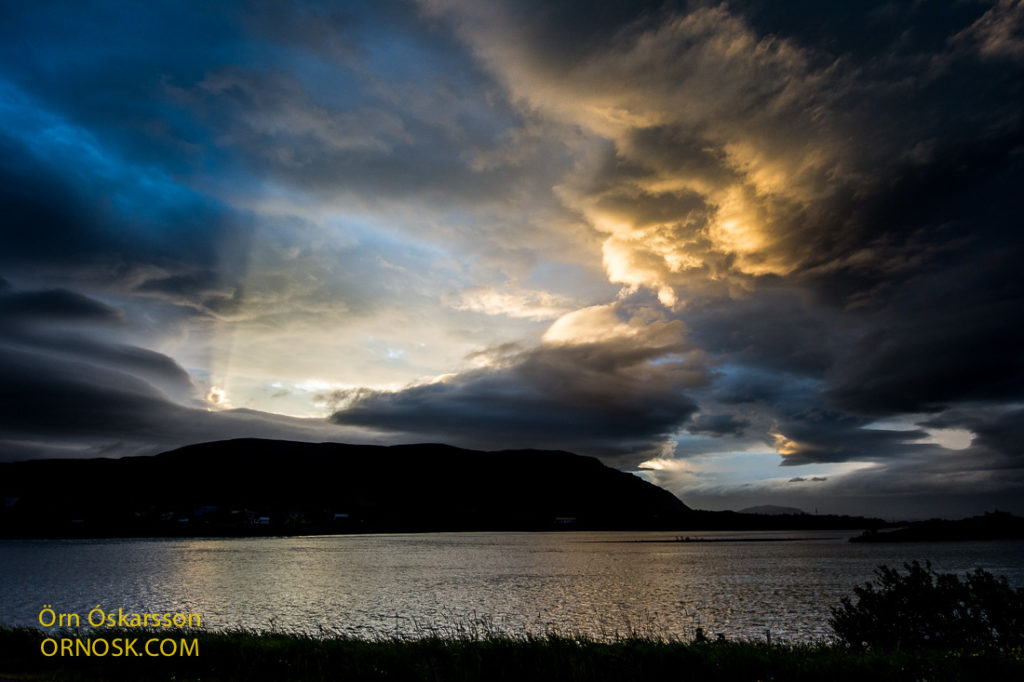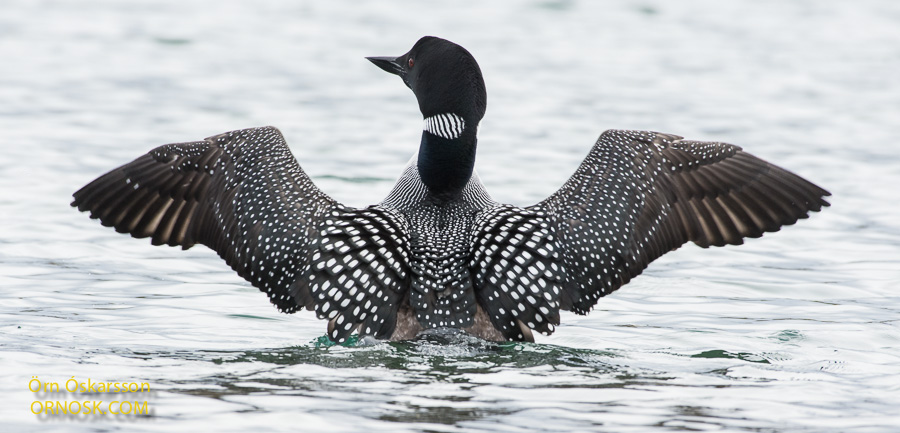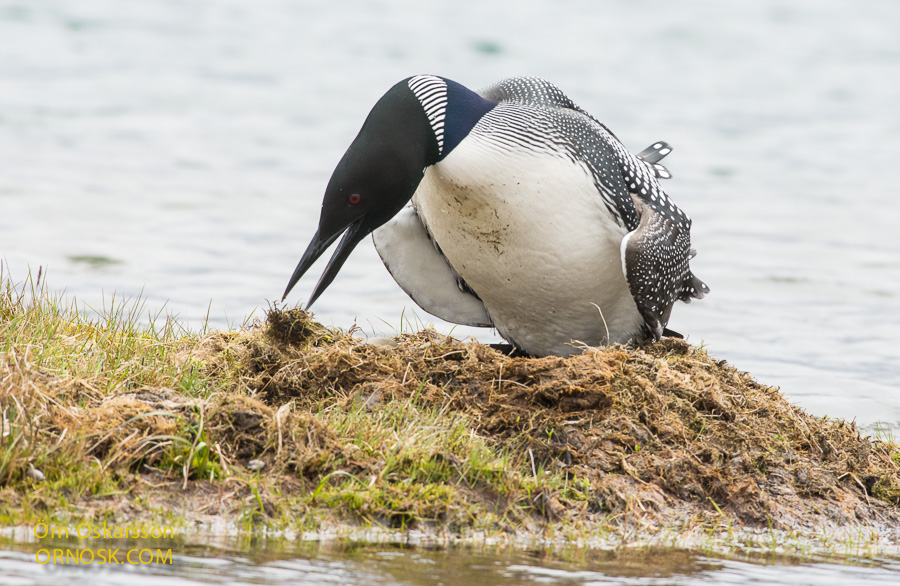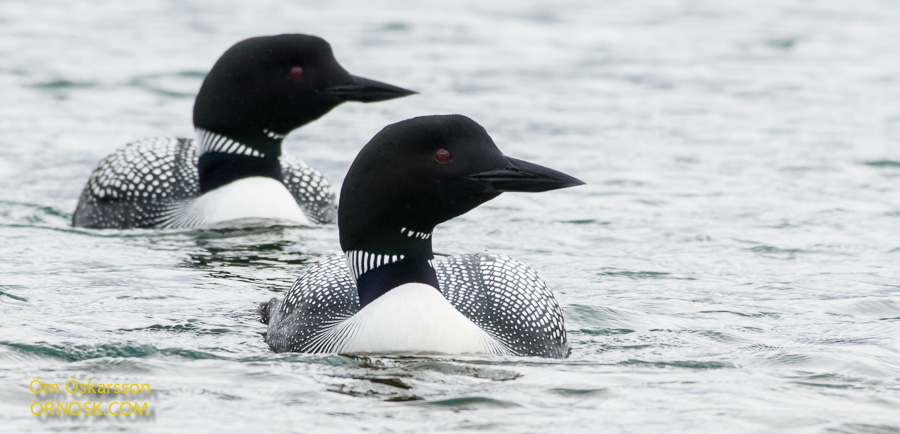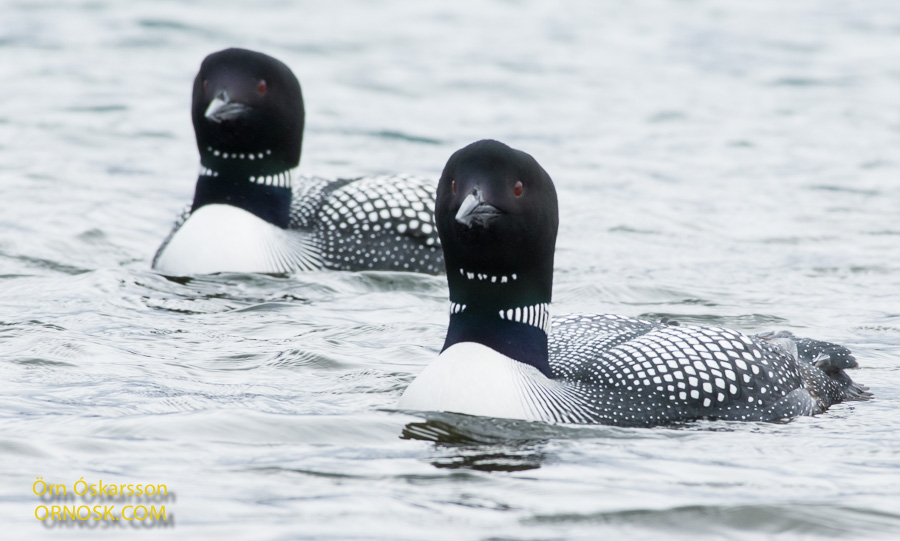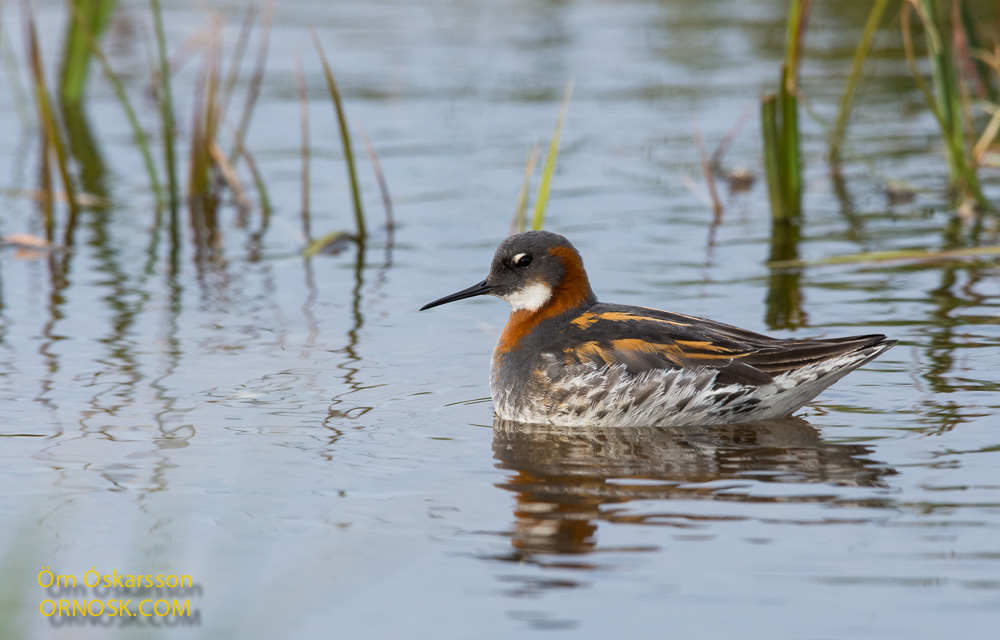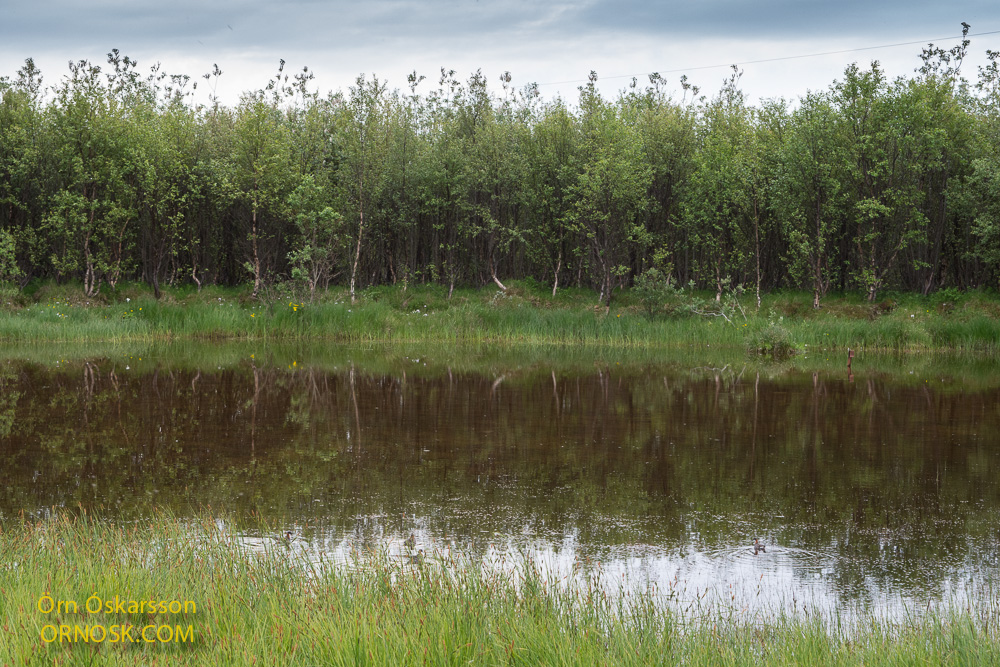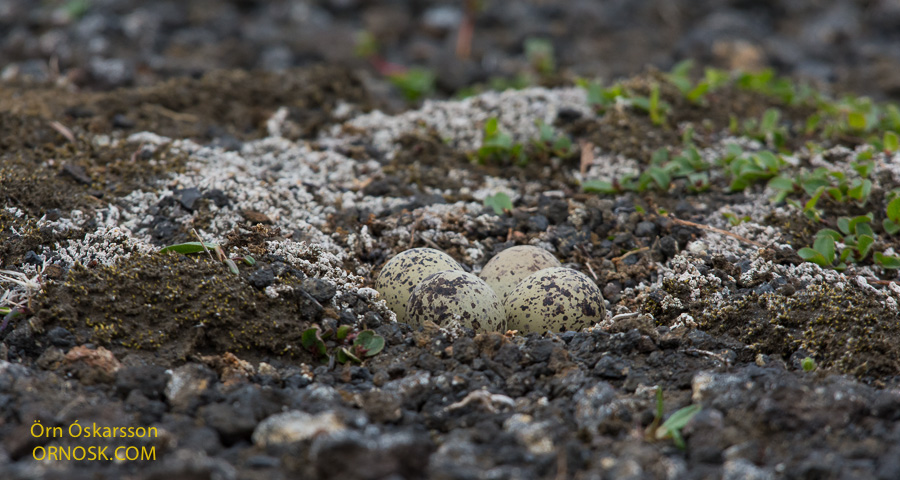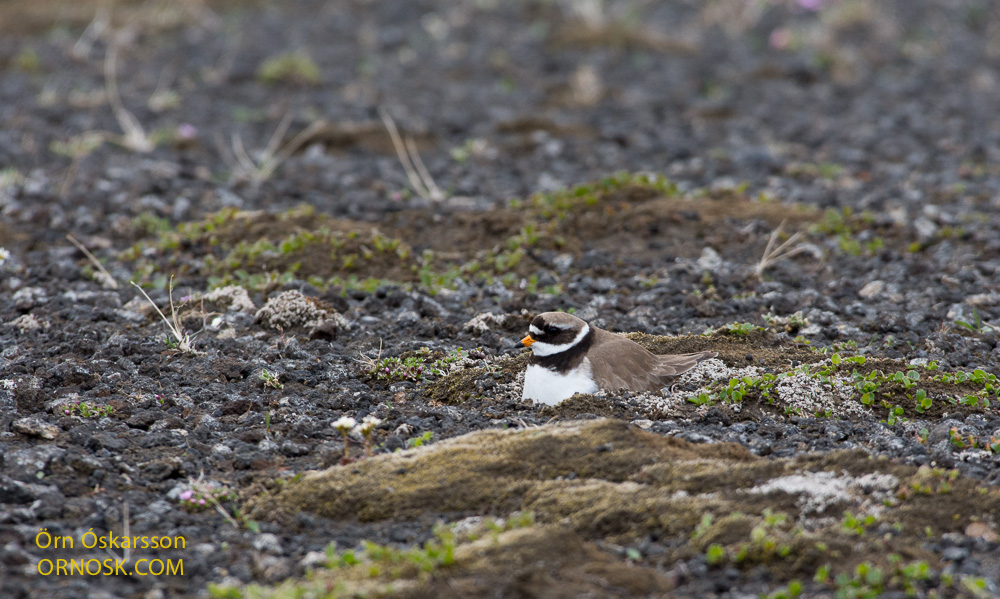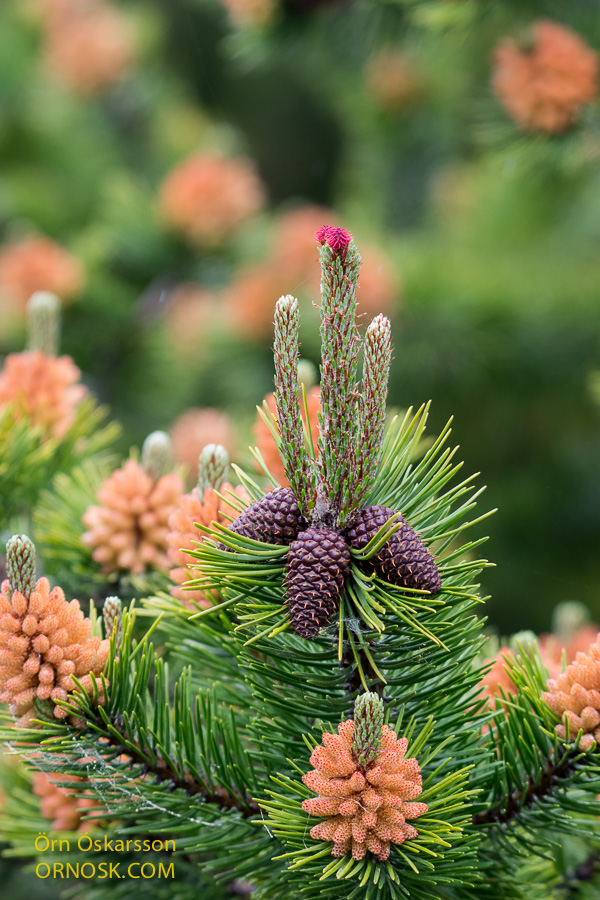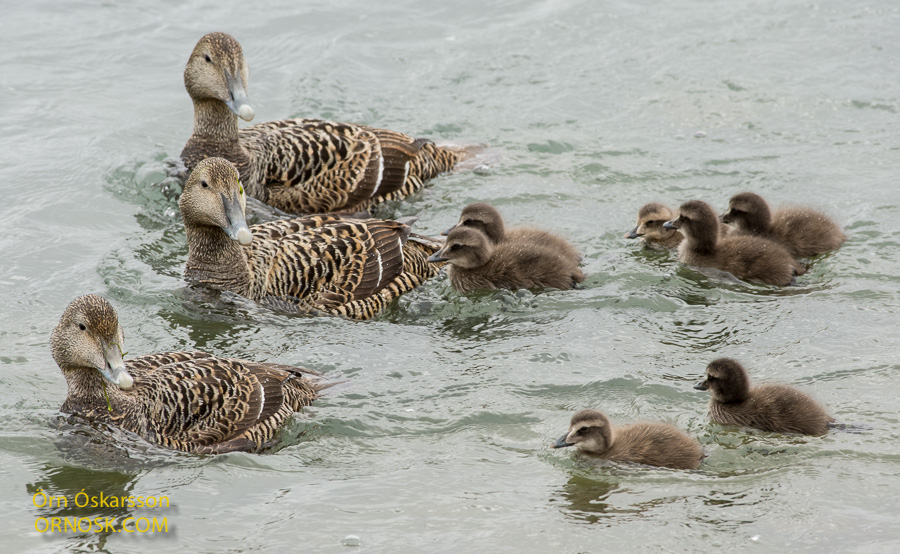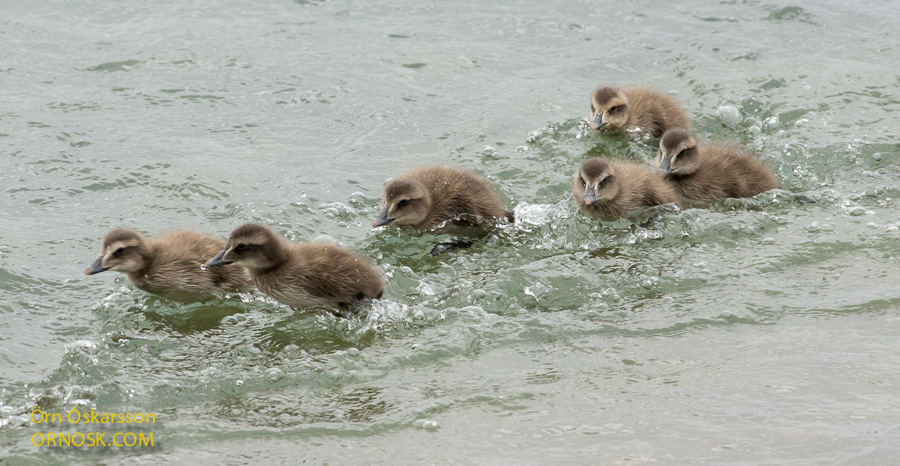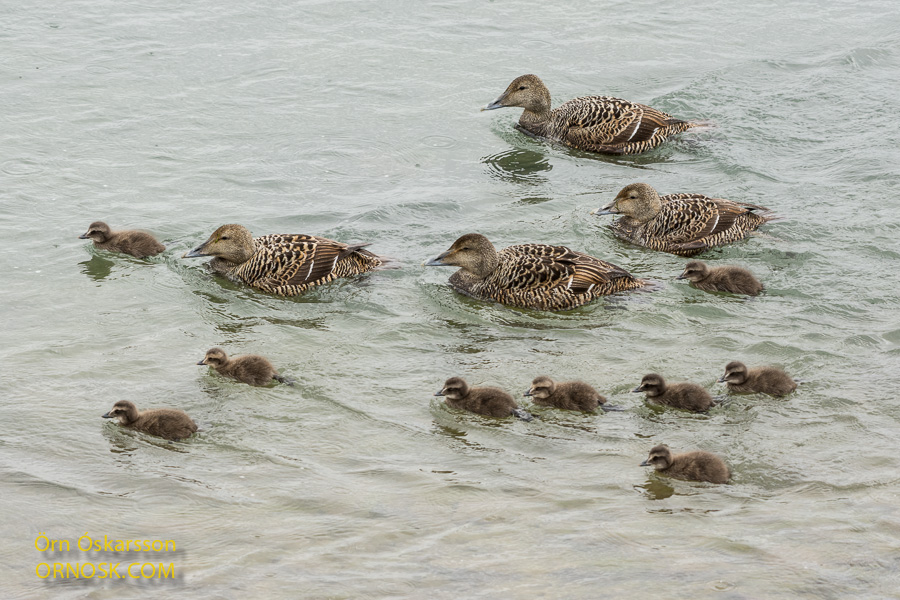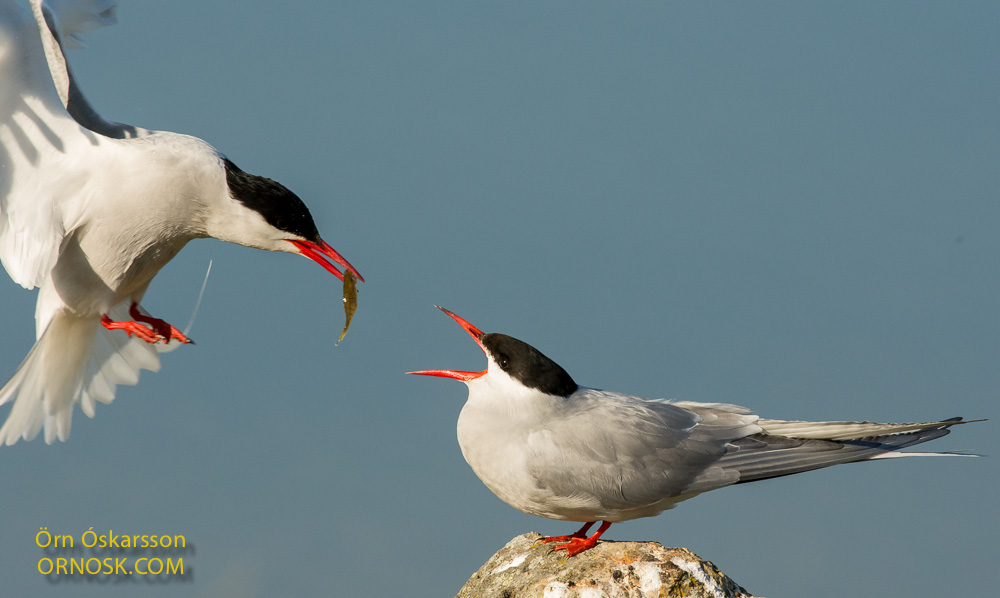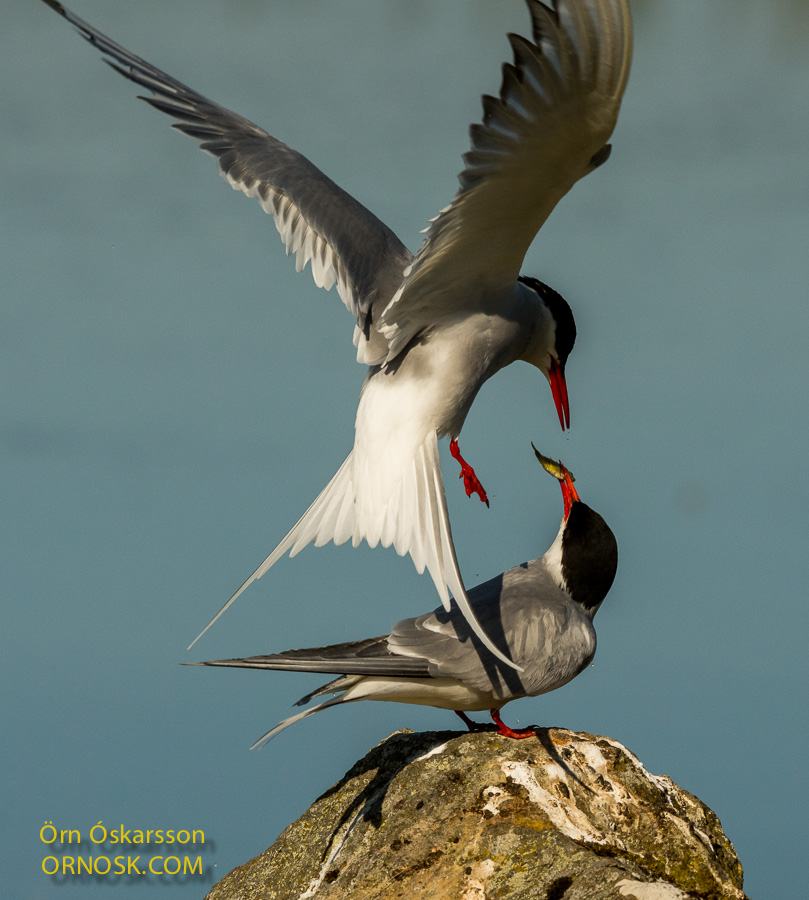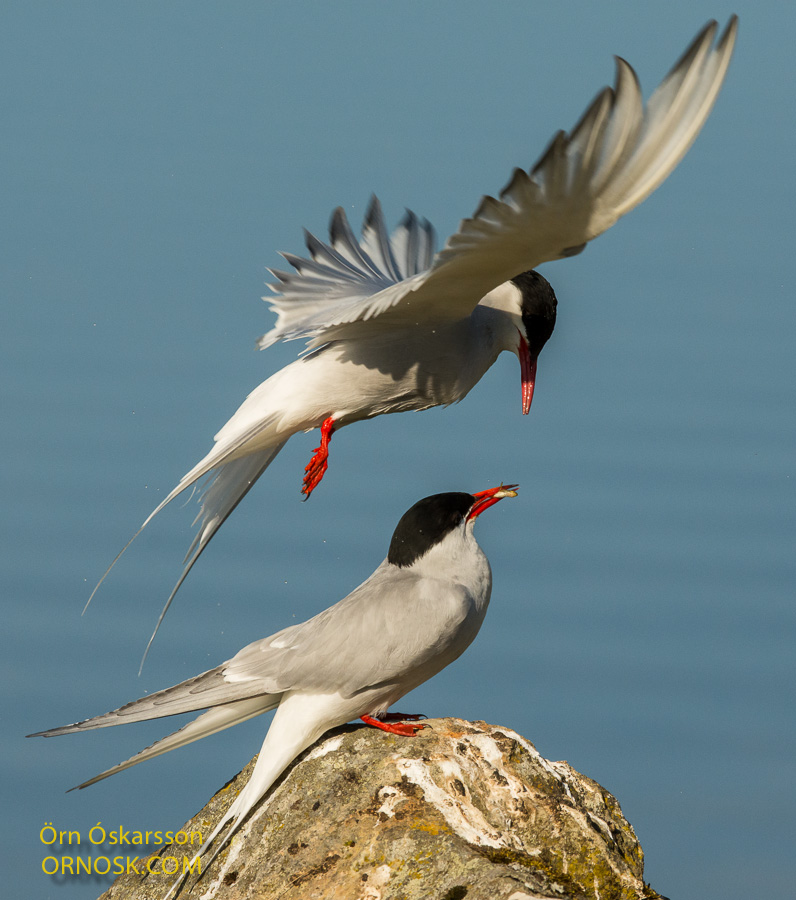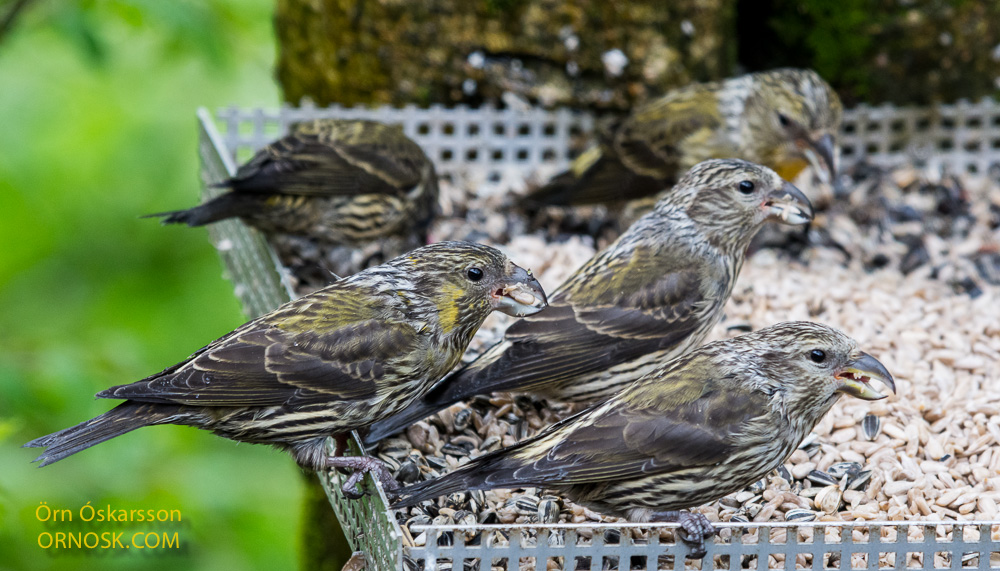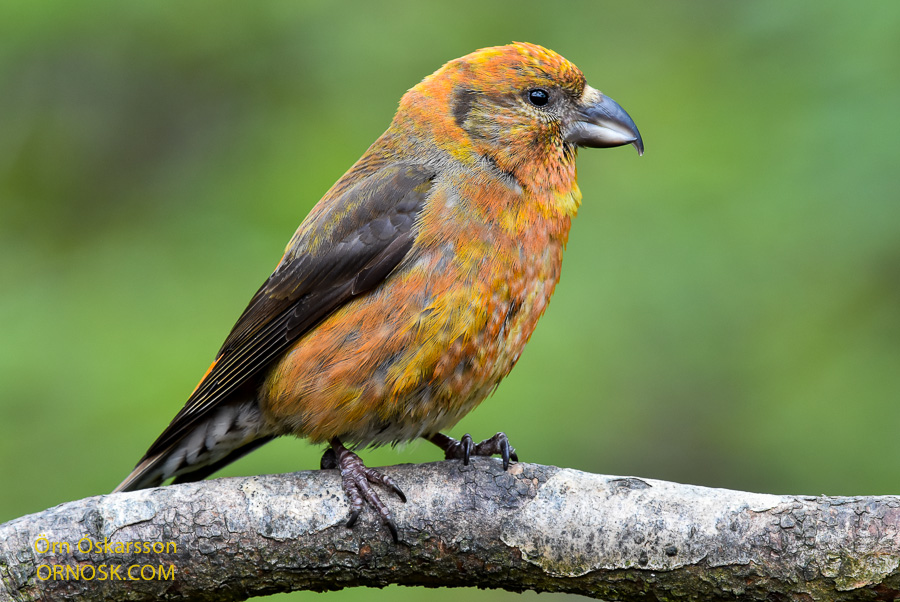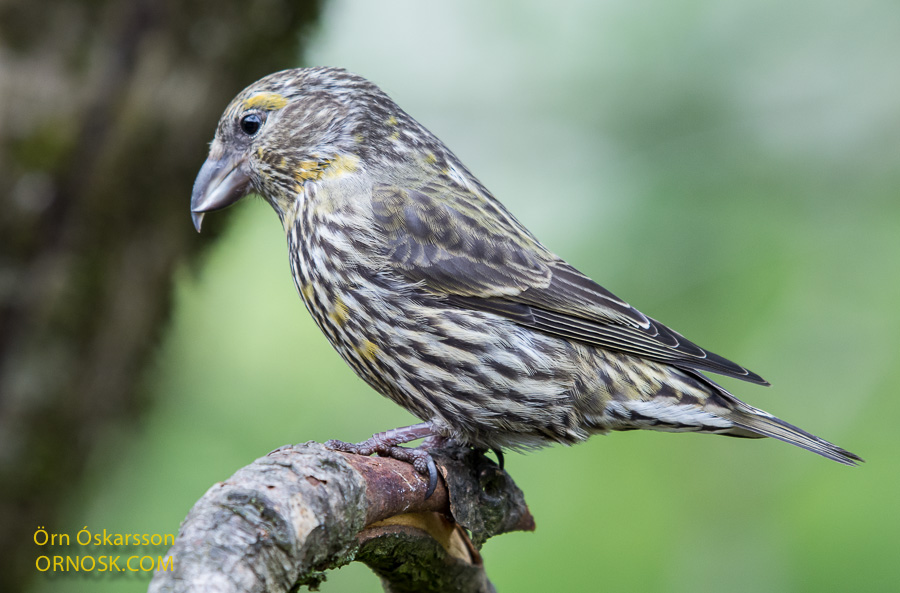Iceland’s most active volcano, Hekla, is said to be ready to erupt any time. The pressure inside this famous South Iceland volcano is greater than before the last two eruptions. So we should be on our toes.
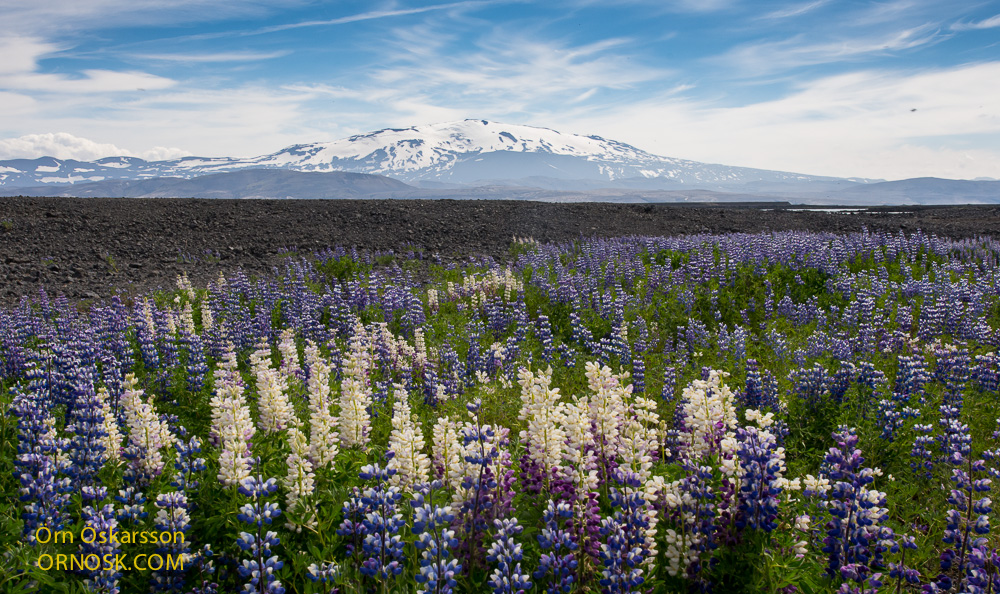
Since 1970, when Hekla last erupted, the interval between eruptions has been more less or less ten years. According to scientists Hekla has built up a great deal of magma in recent years. Although the last few eruptions in Hekla have not been big and not involved serious danger one never knows what exactly to expect. The lead up to an eruption in Hekla can be very short and that is a concern.
Hekla is a popular attraction and groups often hike in the mountain. There is some worry that this could be dangerous in view of the short notice of eruption and people are warned not to be on the mountain. Airplanes flying over could also be in danger if scientist are not taken seriously.

